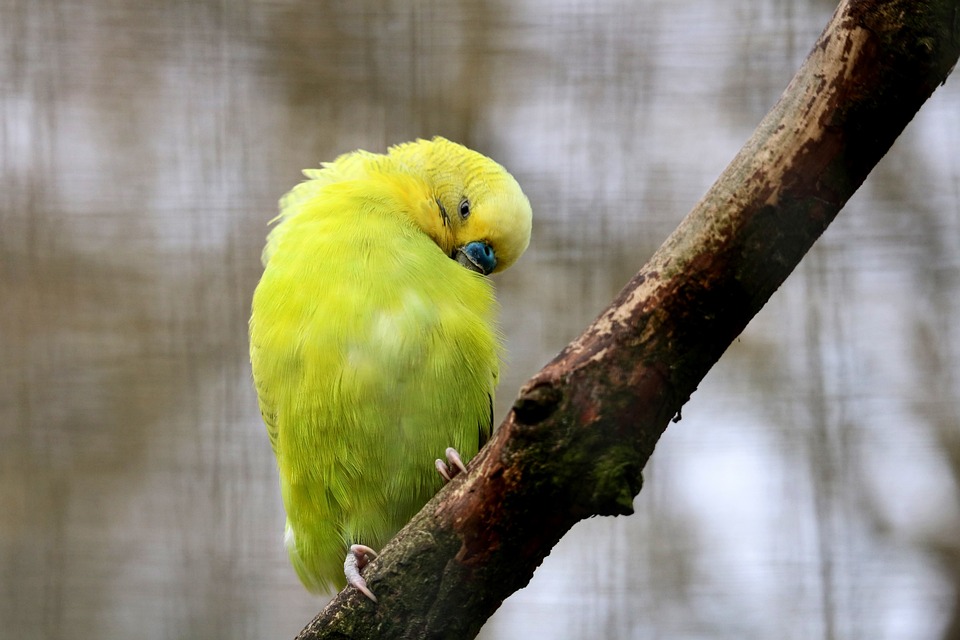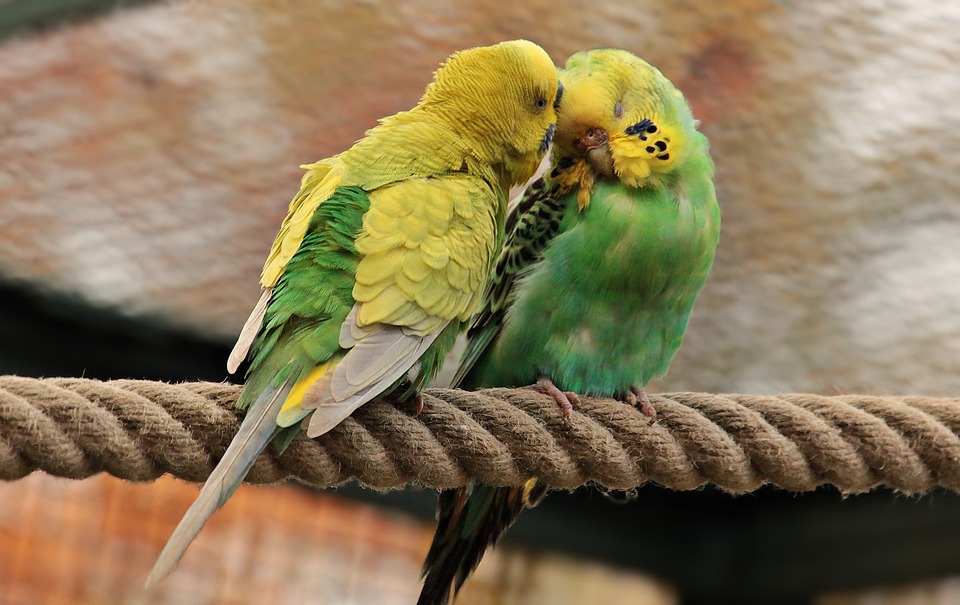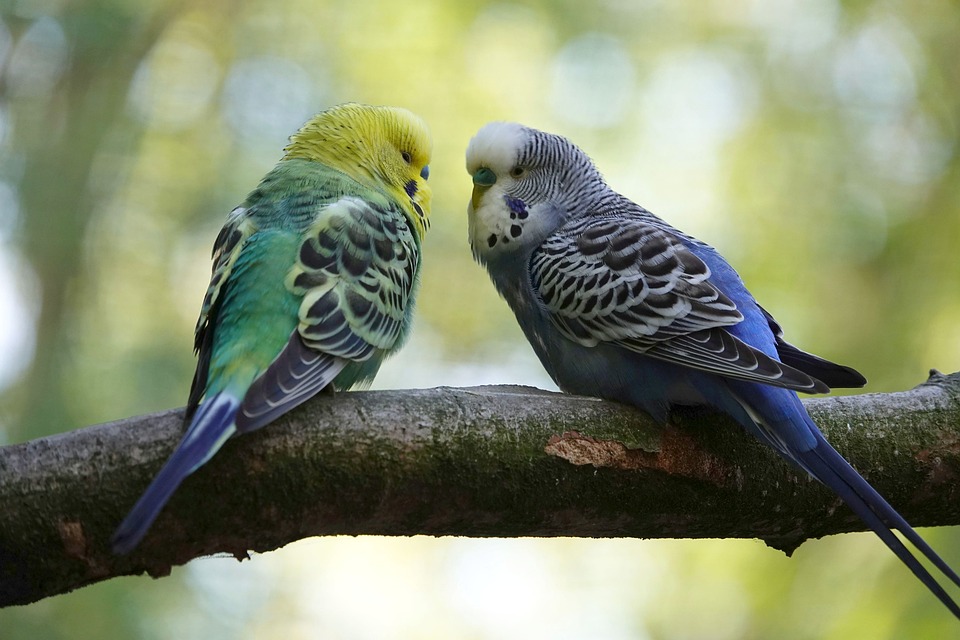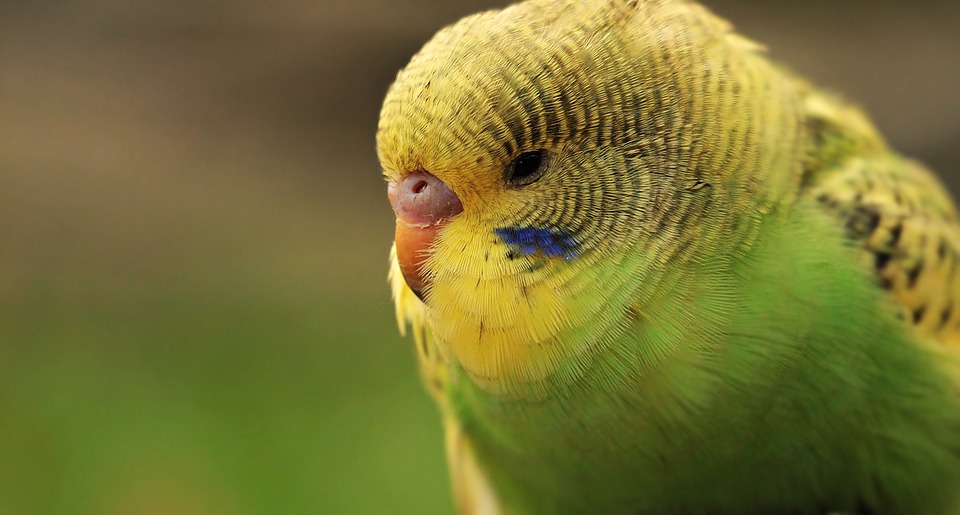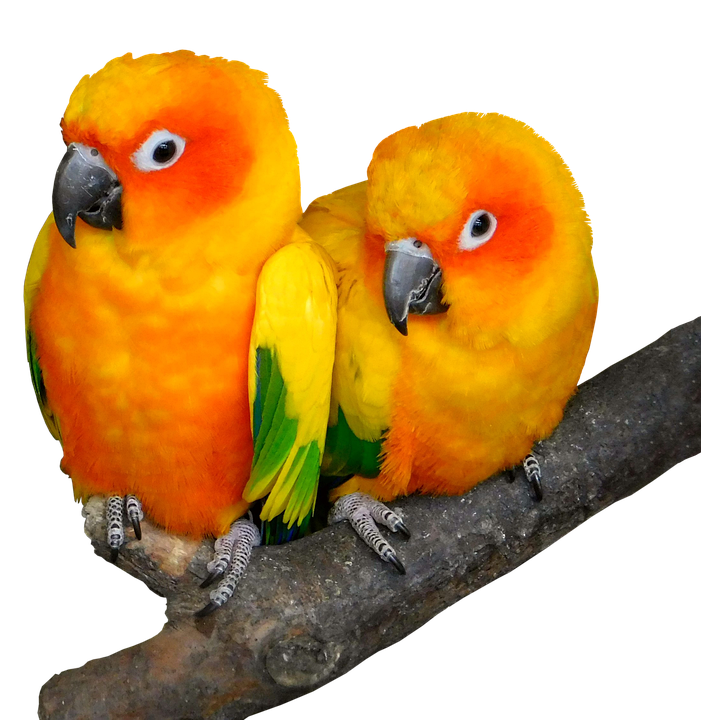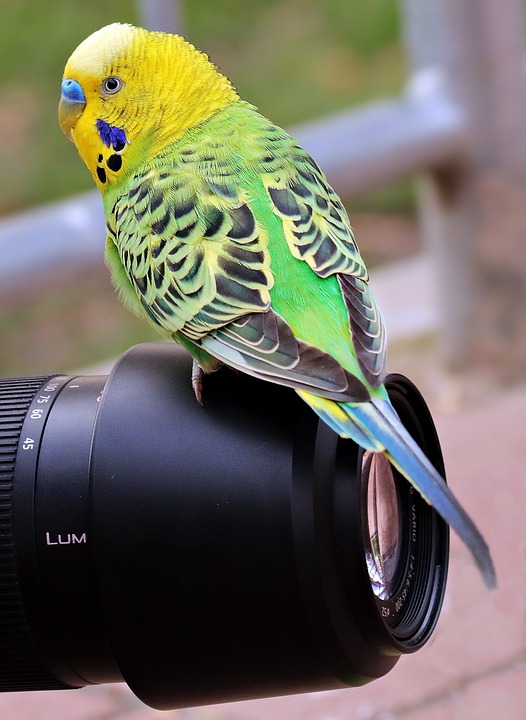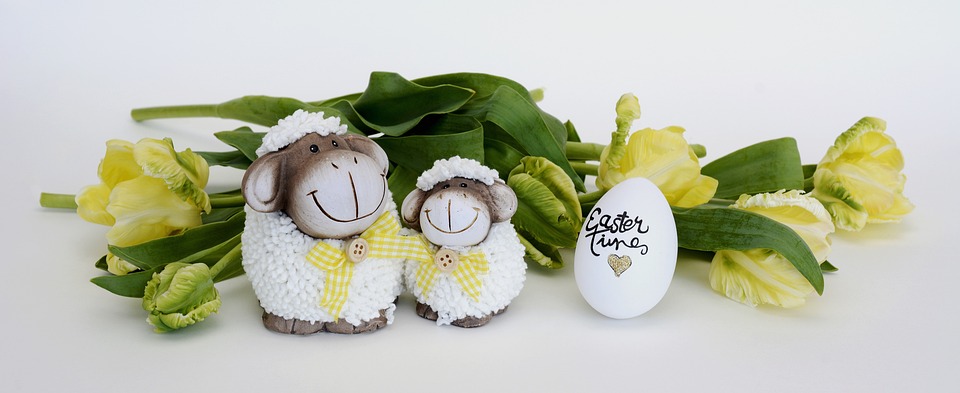Parrots are highly intelligent and social creatures that require mental stimulation and physical exercise to thrive. One excellent way to provide both is by setting up a parrot play gym. This article will guide you through the process of creating a play gym that will keep your feathered friend entertained and engaged for hours. Additionally, we will address some commonly asked questions regarding parrot play gyms.
Why is a Parrot Play Gym Important?
1. Mental Stimulation:
Engaging your parrot in playtime activities on a gym helps stimulate their cognitive abilities, preventing boredom and promoting overall mental well-being.
2. Physical Exercise:
A play gym allows your parrot to climb, jump, and explore, promoting physical exercise and keeping them fit.
3. Social Interaction:
Play gyms offer an opportunity for parrots to interact with their human companions and other birds, enhancing their social skills and preventing loneliness.
Choosing the Right Location and Size
1. Location:
Place the play gym in an area where your parrot spends most of their time, such as the living room or near a window. This ensures they feel included in the household activities.
2. Size:
Consider your parrot’s size and breed when choosing the dimensions of the play gym. It should be large enough to accommodate their wingspan and provide ample room for movement.
Essential Components of a Parrot Play Gym
1. Perches:
Include multiple perches of varying thickness and texture to promote foot health and exercise. Natural wood branches make excellent perches as they resemble those found in the wild.
2. Swings and Ladders:
Swings and ladders add a fun element to the play gym, allowing your parrot to swing, climb, and improve their coordination skills.
3. Toys and Foraging Opportunities:
Incorporate a variety of toys that encourage mental stimulation and provide foraging opportunities. Puzzle toys, chewable toys, and treat-dispensing toys are excellent choices.
4. Climbing Structures:
Add ropes, nets, and platforms to create climbing challenges that mimic your parrot’s natural instincts. These structures also help strengthen their muscles.
Safety Precautions
1. Non-toxic Materials:
Ensure all components of the play gym are made from bird-safe materials that are free from toxins, such as lead or zinc.
2. Secure Construction:
Regularly inspect the play gym for any loose parts or potential hazards. Avoid using small parts that could be swallowed or cause injury.
3. Supervision:
Always supervise your parrot during playtime to prevent accidents or injury. Remove any toys or components that show signs of wear or damage.
Frequently Asked Questions (FAQs)
1. Q: How often should I change the toys on the play gym?
A: It is recommended to rotate and introduce new toys every few weeks to keep your parrot engaged and prevent boredom.
2. Q: Can I use PVC pipes to create climbing structures?
A: While PVC pipes are durable, they may not be suitable for parrots as they can be harmful if ingested. It’s best to use natural wood or bird-safe materials.
3. Q: Is it necessary to disinfect the play gym?
A: Yes, regular cleaning and disinfecting of the play gym are essential to maintain your parrot’s health. Use bird-safe cleaners and rinse thoroughly before allowing your parrot to play.
4. Q: Can I build a play gym for smaller parrot species, such as budgies or lovebirds?
A: Absolutely! Adjust the size and components of the play gym according to the needs of your specific parrot species.
Conclusion:
By following these guidelines, you can create an enriching and safe play gym for your beloved parrot. Remember to regularly assess and update the play gym to maintain your parrot’s interest and well-being. Providing them with an engaging play environment will contribute to their overall happiness and mental stimulation.

